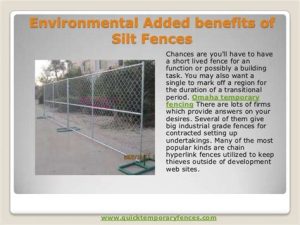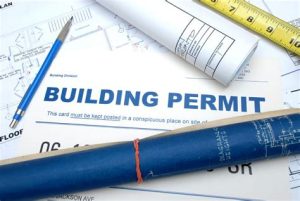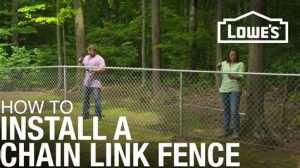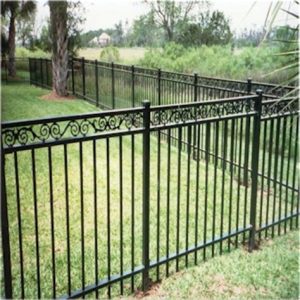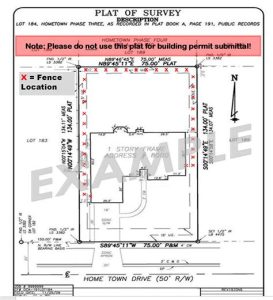Installing a fence post might seem like a straightforward task, but it requires careful attention to detail and the right approach to ensure durability and stability. Whether you’re creating a boundary for your property, adding privacy, or enhancing your yard’s aesthetic appeal, understanding how to properly handle this essential task can make all the difference. In this article, we will guide you through each critical step of the process, from choosing the right materials and essential tools to avoiding common pitfalls. With our detailed instructions and maintenance tips, you’ll not only learn how to install your fence posts correctly but also ensure they stand the test of time. Let’s dive into the world of fence installation and equip you with the knowledge to tackle your next project with confidence!
How to Choose the Right Materials for Your Fence Post
Choosing the right materials for your fence post is crucial for ensuring the durability, strength, and longevity of your fence. Here are some key considerations to help guide your decision:
When determining which material to use, consider your climate, the purpose of the fence, and your aesthetic preferences. Each material offers its own benefits and drawbacks, so it’s essential to choose one that aligns with your specific needs.
Essential Tools You Need for Installing Fence Posts
When it comes to installing a fence post, having the right tools can make all the difference in ensuring a professional and durable installation. Here’s a list of essential tools you’ll need for the job:
- Post Hole Digger: This tool is crucial for digging holes that will securely hold the post. Manual diggers or powered augers can be used depending on the size and type of posts.
- Level: A level ensures that your fence posts are plumb and properly aligned, which is essential for a sturdy fence.
- Measuring Tape: Accurate measurements are necessary to ensure posts are spaced correctly. A measuring tape will help you maintain consistent distances between posts.
- Hammer or Mallet: You’ll need a hammer or mallet for driving in stakes or other components and ensuring the posts are positioned correctly.
- Concrete Mix: For added stability, concrete is often used to secure the base of the fence post. Make sure to have enough on hand for all the posts.
- Saw: If your fence posts need to be cut to a specific height, a saw will be necessary. A reciprocating saw or hand saw will do the trick.
- Gloves: Safety first! Wearing gloves will protect your hands from splinters and other injuries while handling materials.
- Safety Goggles: Protect your eyes from dust and debris, especially when using power tools or while digging.
By gathering these tools before you start, you can streamline the process and ensure that you have everything you need to successfully complete your fence installation.
Step-by-Step Guide: How to Properly Install a Fence Post
Installing a fence post may seem like a straightforward task, but it requires careful planning and execution to ensure durability and stability. Below is a step-by-step guide on how to properly install a fence post.
| Step | Instructions |
|---|---|
| 1 | Mark the Location: Determine where you want to place your fence post and mark the spot with chalk or a stake. |
| 2 | Dig the Hole: Using a post hole digger or auger, dig a hole that is about 1/3 of the post’s length and approximately twice the width of the post. |
| 3 | Add Gravel: Pour a few inches of gravel into the bottom of the hole to improve drainage. |
| 4 | Position the Post: Place the fence post into the hole, ensuring it is upright and level. You may use a level to check for accuracy. |
| 5 | Backfill the Hole: Fill the hole around the post with soil or concrete. If you are using concrete, follow the manufacturer’s instructions for mixing. |
| 6 | Secure the Post: If using concrete, let it cure according to the product directions. For soil, tamp down firmly to eliminate air pockets. |
| 7 | Allow for Drying Time: Before attaching any panels or rails, allow the post to set for at least 24-48 hours to ensure it is stable. |
Following these steps will help you effectively install a fence post that can withstand various weather conditions and provide long-lasting support for your fencing project. Remember, the key to success is taking your time and ensuring everything is aligned and secure!
Common Mistakes to Avoid When Installing Fence Posts
Installing fence posts might seem straightforward, but several common mistakes can lead to costly repairs and significant frustration. Here are some of the most frequent errors and how to avoid them:
By avoiding these common mistakes, you’ll ensure a more successful and efficient installation process. Proper planning and execution are key steps in how to properly handle installing fence posts.
How to Maintain Your Fence Post for Longevity
Maintaining your fence post is essential for ensuring its longevity and durability over the years. Here are some effective tips on how to properly care for your fence posts:
By following these maintenance tips, you’ll ensure that your fence posts remain sturdy and reliable for many years, enhancing the beauty and function of your fence. Remember, regular care is key to a long-lasting fence installation.
Frequently Asked Questions
What are the essential tools needed for installing fence posts?
Essential tools include a post hole digger, shovel, level, measuring tape, gravel, concrete mix, and a hammer.
How deep should fence posts be set in the ground?
Generally, fence posts should be set at least one-third of their total length in the ground, with a minimum depth of 2 feet for stability.
What type of concrete is best for securing fence posts?
Fast-setting concrete is often recommended for securing fence posts, as it allows for quicker installation while providing strong support.
Why is it important to check for local utility lines before digging?
Checking for local utility lines is crucial to avoid damaging underground cables, which can lead to service disruptions, fines, and safety hazards.
How do weather conditions affect fence post installation?
Weather conditions can affect installation; for example, freezing temperatures can make the ground harder to dig, while heavy rain can cause soil erosion and instability.
What is the best method for ensuring fence posts are level?
Using a level or a string line during installation helps ensure that fence posts are straight and evenly aligned.
How long should you wait for concrete to cure before attaching the fence panels?
It is advisable to wait at least 24 to 48 hours for the concrete to cure fully before attaching any fence panels to ensure stability.
